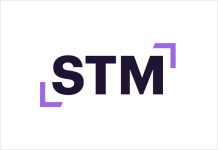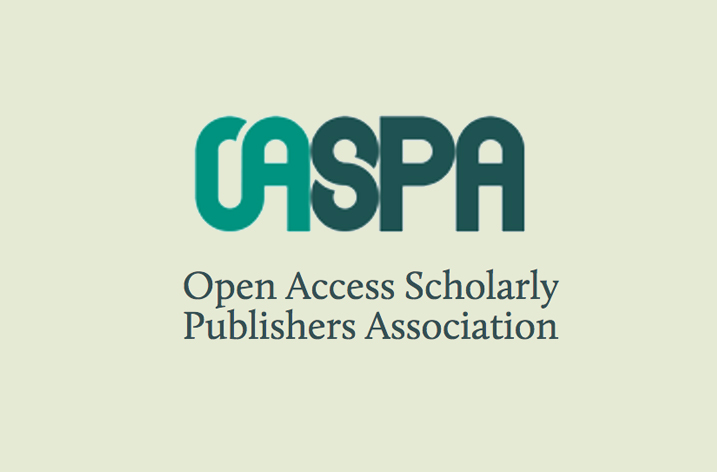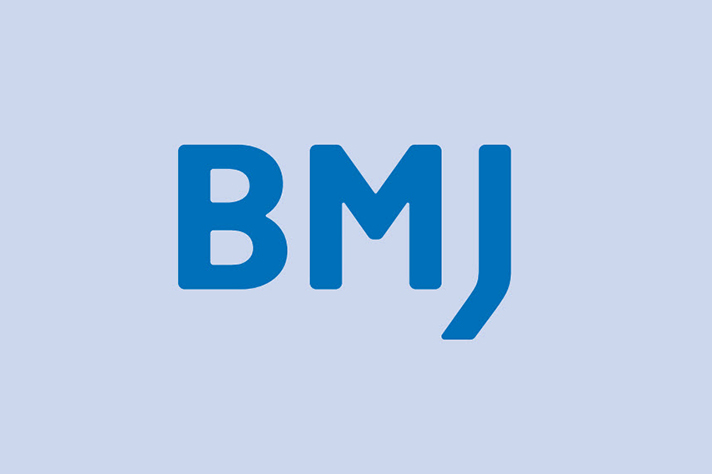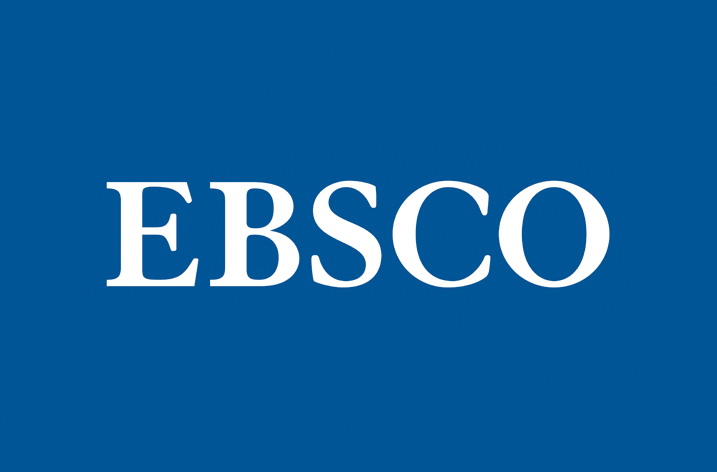
Digital Science is pleased to announce that its flagship product Altmetric, which gauges the online attention of research, has added a new attention source: Clinical Guidelines.
The new attention source will enable Altmetric to track the impact of research in clinical practice. Clinical Guidelines will be reflected in the distinctive Altmetric Badges – appearing as an aqua green color – as well as in Altmetric Attention Scores, and will appear in more detail in Altmetric Explorer.
Clinical Guidelines complement Altmetric’s full breadth of attention sources, including social media, news, public policy and documents, academic forums, blog sources, patents and more.
As documents that offer recommendations for clinicians and healthcare practitioners on how to manage and treat specific medical conditions or support decision-making in patient care, Clinical Guidelines are a critical source of attention to demonstrate real-world impact.
By adding Clinical Guidelines as an attention source, Altmetric will enable users to:
- See the practical applications of medical research – Discover how a piece of research has gone from conception to practical application with Clinical Guidelines data and assess its long-term impact on the field.
- Inform funding decisions with real-world evidence of clinical practice – See where funding has made a tangible real-world impact with Clinical Guidelines data.
- Identify the right journals driving innovation in the medical field – Identify which journals contribute most to Clinical Guidelines, informing publication strategy.
Altmetric users will be able to see attention from Clinical Guidelines from today.
Amye Kenall, Vice President of Product, Data & Analytics Hub, Digital Science, said: “Tracking research referenced in Clinical Guidelines is a major step forward in understanding the impact of that research and its translation into healthcare.
“This will be of particular interest to medical affairs professionals, research funding bodies, and to academic and clinical researchers and their institutions, helping them better understand the practical applications and long-term impact of their research.
“By adding Clinical Guidelines data to our data sources, we’re enabling users to see the highest form of clinical impact of medical and health research.”

























